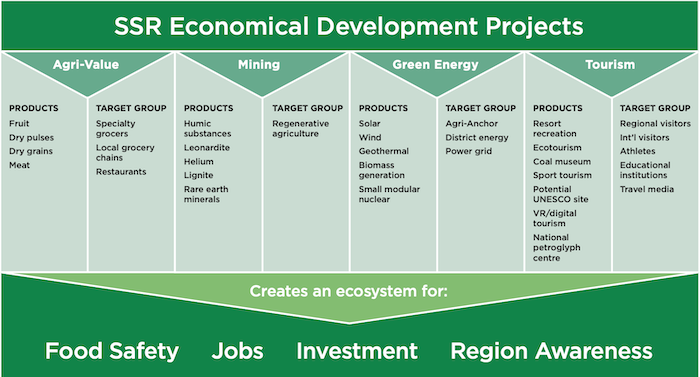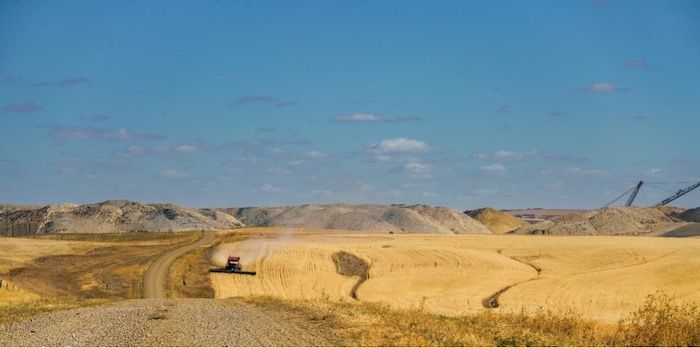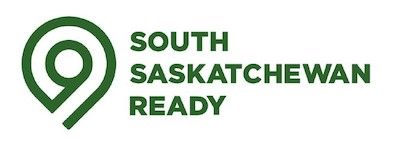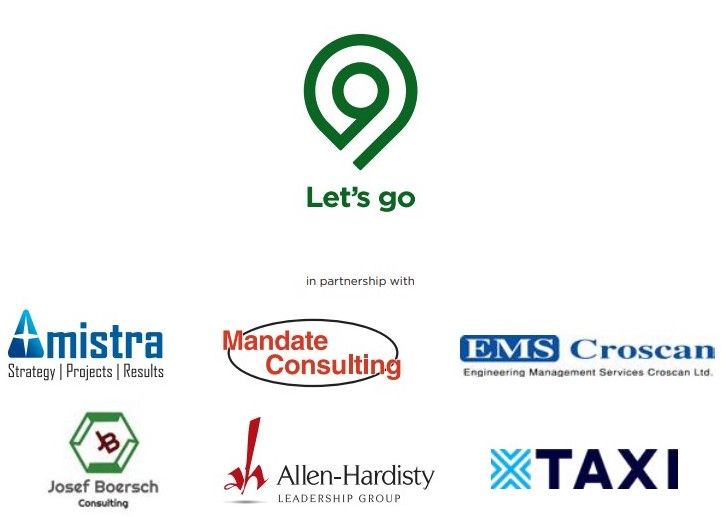By continuing to use our site, you consent to the processing of cookies, user data (location information, type and version of the OS, the type and version of the browser, the type of device and the resolution of its screen, the source of where the user came from, from which site or for what advertisement, language OS and Browser, which pages are opened and to which buttons the user presses, ip-address) for the purpose of site functioning, retargeting and statistical surveys and reviews. If you do not want your data to be processed, please leave the site.
South Sask Ready-Sector Level Feasibility Study: Offsetting Clean Energy Transition Impacts on a Coal-Reliant Rural Economy
2022 Gold Medal Winner and National Champion of Canada, International Constantinus Award
Photo Credit: Scott Goodwill Photography
Full Project Team:
- Lorne Boyle, BSc PMP FCMC
- Al Thibeault, P.ENG., CMC, ACE
- Linda Allen-Hardisty, M.ED., PCC. ITCA
- Josef Boersch, DIPL.ING. AGR
- Daniel J. Kishchuk, P.Eng, FEC, FCMC
This mini case study is part of a series profiling nominees of the International Constantinus Award, showcasing excellence in consulting.
Faced with the looming shutdown of the 600MW coal-based Poplar River Power Station in south-central Saskatchewan, regional leaders started working to restructure the local economy.
Knowing that throughout the world, communities with utility and mine closures in coal-centric economies have suffered economic devastation, reduction of personal income and regional exodus, these leaders decided to act.
The few regions that have survived coal industry closures did so by establishing a critical mass of individuals with the skills, energy, and foresight to initiate transformational change. Nine municipalities partnered to create South Sask Ready to plan for economic survival by asking the Amistra team to identify feasible projects in four key sectors and to reenergize their future economy: Agri-Value, Mining, Green Energy, and Tourism.
Engagement Review – The Solution
South Sask Ready commissioned Amistra Consulting to prepare a sector feasibility study to identify economic renewal projects in four sectors – Agri-Value, Mining, Green Energy and Tourism. Amistra assembled a cross-functional team with expertise in each of these sectors, under the guidance of an FCMC as the project leader who also coordinated the efforts of a senior economist to prepare economic projections for the identified opportunities and address the client needs.
Rather than search for a single, large-scale opportunity to replace the coal plant and associated mine closing at the end of 2029, the focus was on finding medium and small scale mutually supporting opportunities.
Taking a holistic approach and emphasizing opportunities with strong synergies across two or more sectors was a key factor in opportunity selection. The objective was to have any target opportunity connected to two or more economic sectors.

The combination of these integrated initiatives would deliver a benefit across the entire economy by linking growth in all sectors.
The provincial utility, a key stakeholder in the study, provided insight into the assets that could be available following the power plant closure. Next, using an adaptation of the well-known Business Model Canvas, the team vetted over 60 opportunities.
Their adaptation, termed the Opportunity Model Canvas, focuses on identifying opportunities using two primary criteria – Opportunity Factors and Opportunity Assessment Factors. Opportunity Factors summarize the essential facts that describe an opportunity at this feasibility stage – Key Stakeholders, Strategic Factors, Value Factors, Market Factors, and Customer Segments. Opportunity Assessment Factors are used to derive a qualitative assessment for an opportunity using three criteria – economic growth potential, competitive success potential, and risk management success potential.
While high-level, the method did a remarkable job of filtering out opportunities that did not fit the overall goal of contributing to economic renewal. A ninth factor, synergy, provided the final filter by assessing which opportunities best fit into the sector integration model to create an economic engine focused on the over-arching study focus – jobs.
The resulting list of 43 high potential projects – anchored by the SOFI – South-Saskatchewan Food Origin Initiative to leverage the region’s agri-business strengths – form the recommendation for a multi-sector approach that creates a solid foundation for transformational change.
The integrated, multi-sector approach also plays to the implementation timeline. Tourism opportunities, for example virtual reality tours of regional landmarks to stimulate demand for eco-tourism, can start immediately to create economic renewal momentum for pre-closure opportunities like the vertical greenhouse and post-closure opportunities such syngas bio-fuel production.
The study provided three economic renewal scenarios, in addition to a base case 'no renewal’ scenario, to guide various investment strategies.
Developing the core opportunities will take time, during which the development of opportunities in other sectors creates momentum not only for renewal opportunities but also enhancement of the underlying regional infrastructure in transportation, high-speed networks, education, and healthcare. Fully implemented, the region can become a world leader in food safety with synergistic activity in tourism, manufacturing, and renewable energy to make South Saskatchewan Ready a coal-transition success.

Enhancements to the local heritage, eco-tourism, and community initiatives were formed through one-on-one coach and inquiry interviews that captured the community’s agricultural and cultural heritage passion and the unwavering belief that South Sask Ready will be a cultural success to match the economic growth of the entire region, one deserving of international attention.
The Results
The South Sask Ready partnership is expected to create new business opportunities across the province for years to come.
Despite the challenges of COVID-19, the project was delivered on-budget, and, with client approval, extended two months due to approved scope changes. Since the delivery of the final report, South Sask Ready has actively pursued opportunities identified to achieve the vision of bettering the lives of all region residents.
The economy of the region is facing a devastating USD$276 million GDP loss. Implementing the recommended economic roadmap centred on a Food Safety Ecosystem, possibly the largest in Canada, could restore 89% of the region GDP over the next 25 years.
Post-Project Successes:
- Venture capital fund setup
- International tourism partnership signed
- UNESCO heritage designation planning
- Regional rebranding
- Tourism strategy
- Won a provincial award for regional cooperation
- Awarded USD$450,000 to mitigate coal transition for:
- Conversion to carbon value-added products
- Establishing food traceability
- Local manufacturing of agricultural value-added products
- Mechanical and technology improvements to sustain business growth
The Value of CMC
The Certified Management Consultant (CMC) designation requires commitment to the highest professional and ethical standards through adherence to a Uniform Code of Professional Conduct.
The purpose of this Code is to identify those professional obligations that serve to protect the public in general, the client in particular, and the reputation of Certified Management Consultants.
The code was used as the project conduct guide for this initiative, discussed with the Client Sponsor prior to entering into agreement and distributed as part of the engagement proposal.
The team was in full compliance of the Code throughout the engagement. To fully protect the client, Conflict of Interest, Confidentiality and Non-Disclosure declarations were in force.







